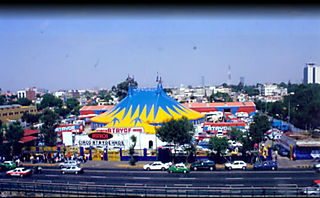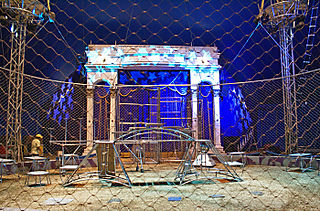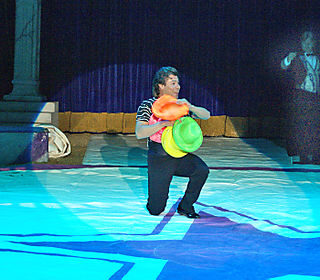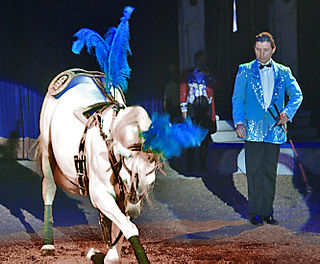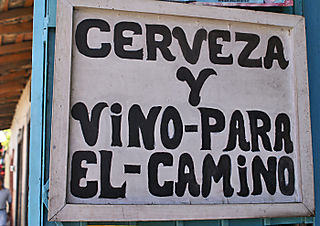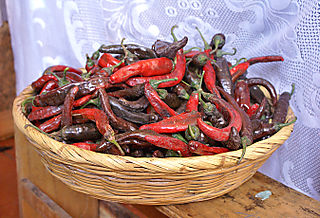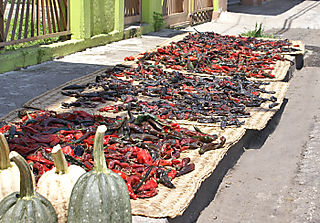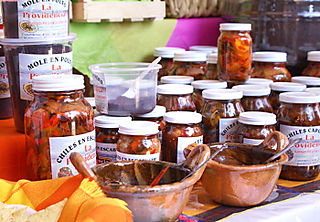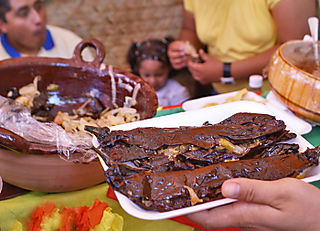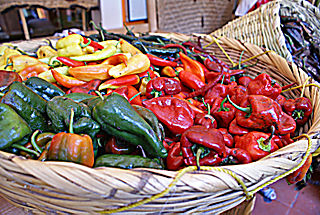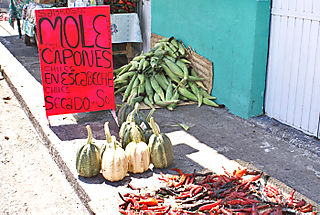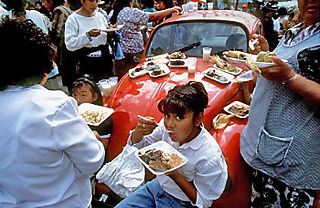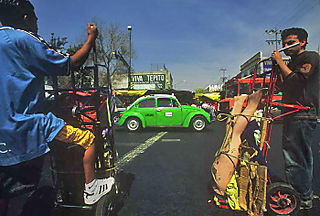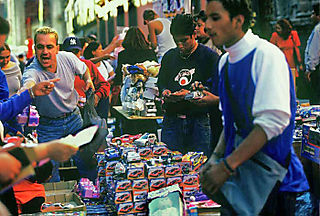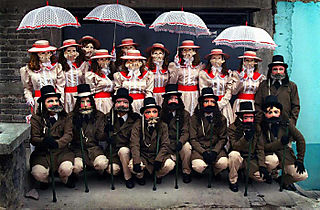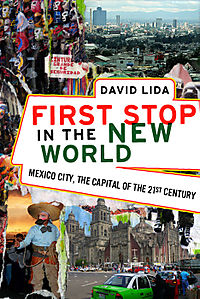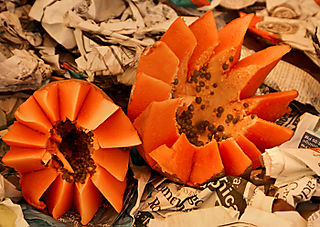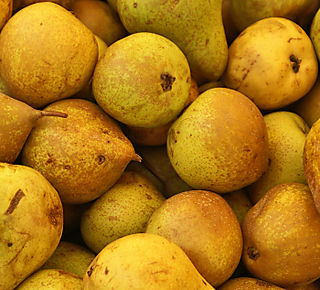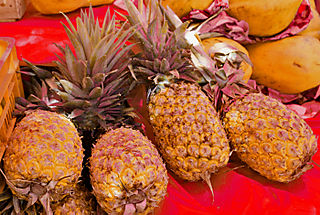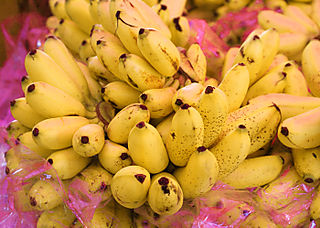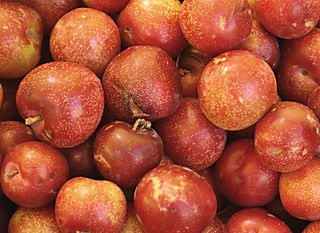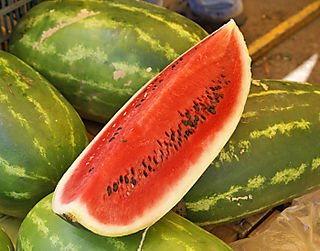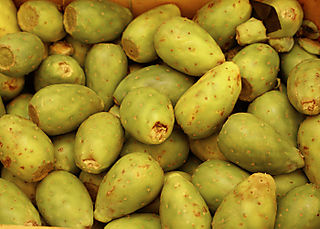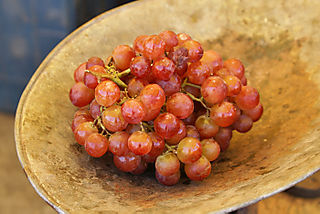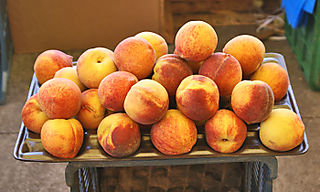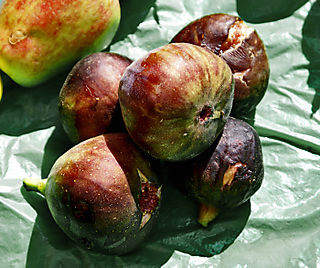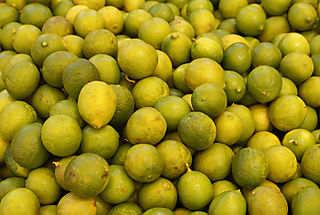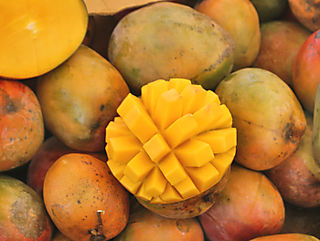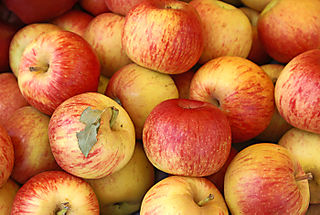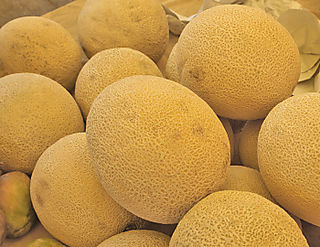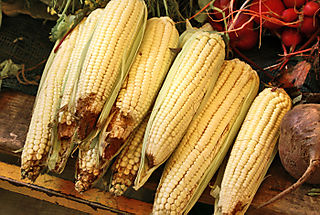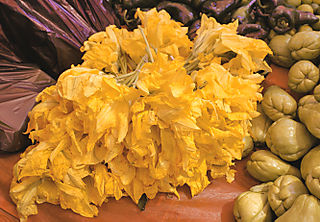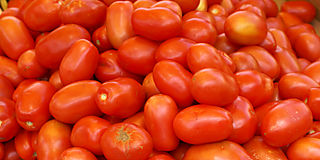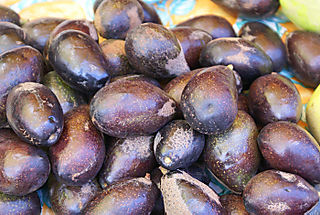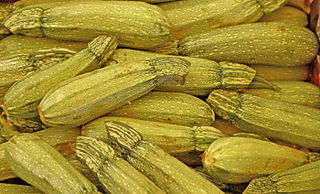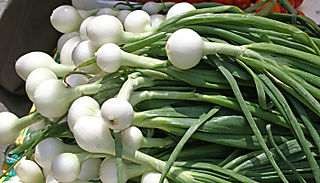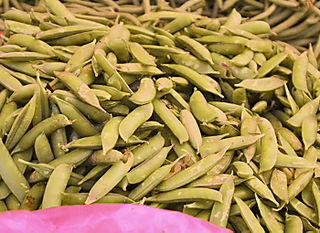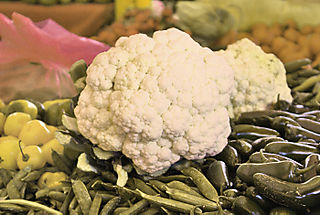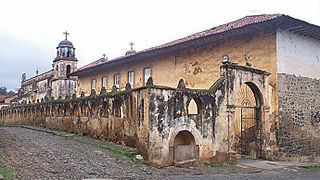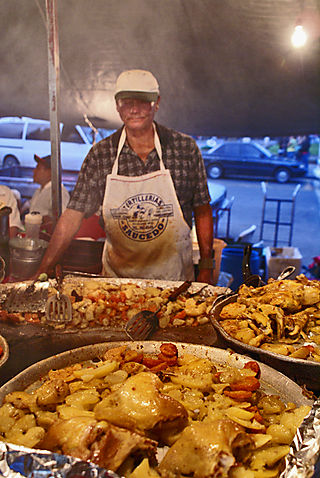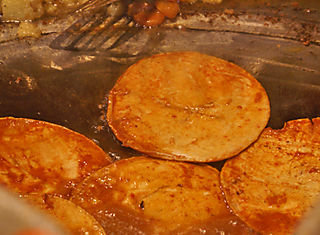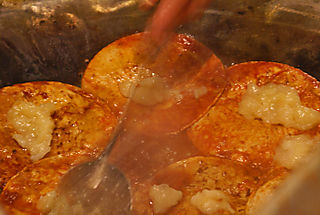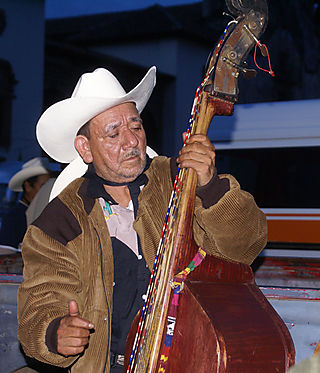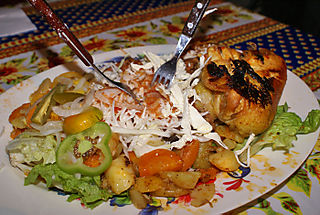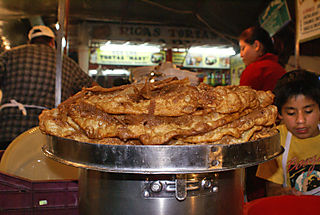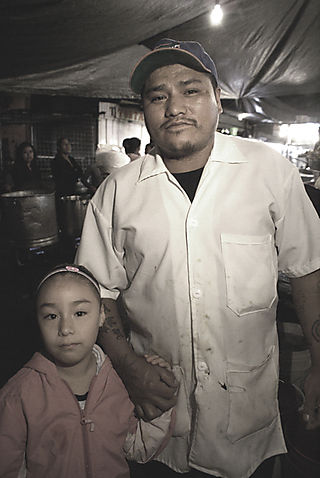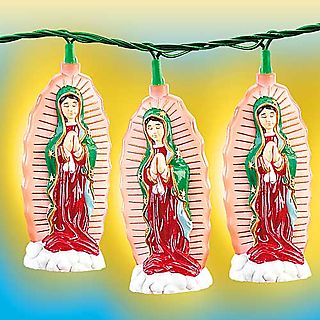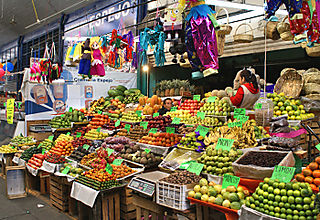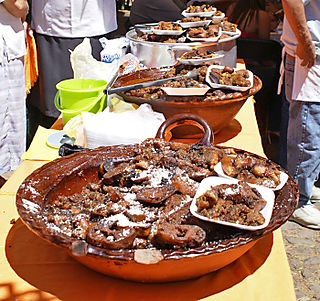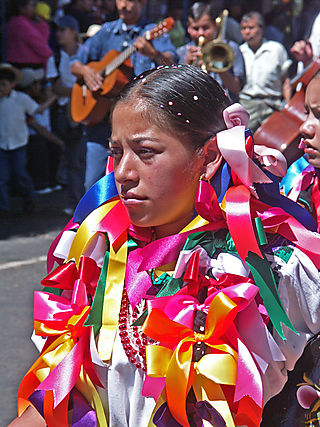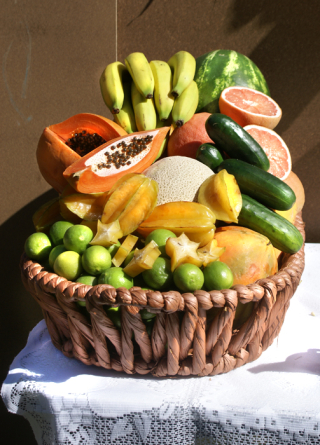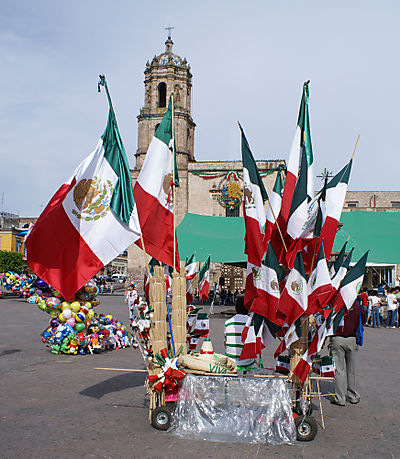
Mexico celebrates its yearly Fiestas Patrias (Independence Day holidays) during the entire month of September. From the end of August until mid-September, flag and patriotic souvenir sellers like this one in Morelia roam the streets of most cities.
The height of the annual party is the night of September 15, when every town in Mexico reenacts the Grito, the historic 1810 cry for independence from Spanish rule. The entire country whoops it up with public and private parties during this Gran Noche Mexicana (Great Mexican Night). Look back at this September 2007 Mexico Cooks! article for more of Mexico's Independence Day celebrations.
************************************************************************************
Those two short paragraphs were to have been Mexico Cooks! for September 20, 2008. However, sometimes our lives are changed in ways we could never have believed possible.
At 11:05 PM on September 15, 2008, the unthinkable changed the life of every Moreliano (resident of Morelia, Michoacán). With 30,000 people assembled to hear Governor Leonel Godoy proclaim the first Grito of his term of office, on the most important festival night in Mexico, two fragmentation grenades exploded in Plaza Melchor Ocampo, directly in front of Morelia's Palacio del Gobierno (state capitol office building).
The attack, presumed to have been orchestrated by Mexico's drug mafiosos and meant to be a spit in the faces of the state and federal governments, is the first attack that has been directed squarely at the innocent.
The toll: seven dead, more than 100 injured–many gravely–and this city of one million plunged into mourning. The deaths include a mother of three, her youngest still a nursing baby. A band at her grave, hired by her family, played Juan Gabriel's Amor Eterno. The refrain:
Como quisiera, ay
Que tu vivieras
Que tus ojitos jamás se hubieran
Cerrado nunca y estar mirándolos
Amor eterno,
E inolvidable
Tarde o temprano estaré contigo
Para seguir amándonos.
How I wish, oh,
That you were still alive
That your beloved eyes
Had never closed, so that I could see them
Eternal love,
Unforgettable love
Sooner or later I'll be with you
And we'll continue loving one another.
The injuries include a 12-year-old, all of whose fingers had to be amputated, and another young woman who required amputation of both legs. Ángel Uriel, age 13, is still in intensive care in Morelia's Children's Hospital: shrapnel wounds to his torso destroyed several of his organs.
Sunday, September 21, 2008: This morning's newspaper announced that Ángel Uriel died on Saturday. Qué en paz descanse.
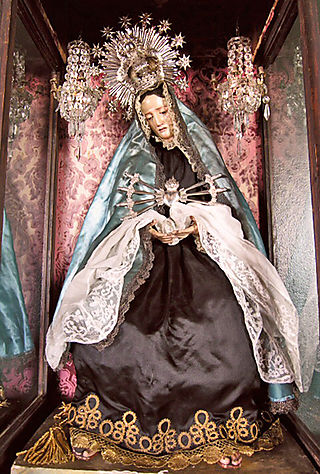
La Dolorosa (Our Lady of Sorrows), pictured with seven swords piercing her heart.
There have been nearly 3,000 drug-related assassinations in Mexico in 2008. Who will stop the violence? What cost must we pay?
May Our Lady of Sorrows console us all.
Looking for a tailored-to-your-interests specialized tour in Mexico? Click here: http://mexicocooks.typepad.com/mexico_cooks/2008/05/rinconcitos-esc.html
